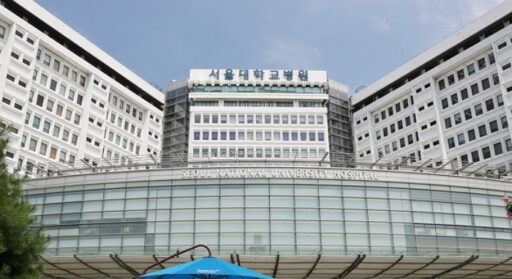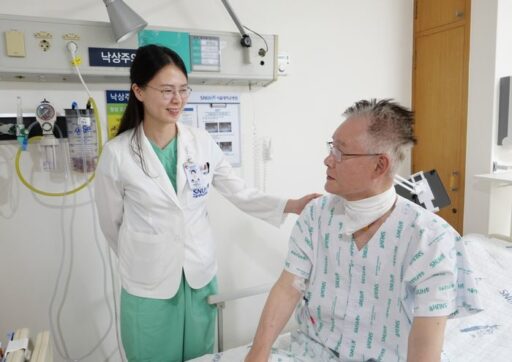Successful First Robotic Lung Transplant Surgery in Korea
Seoul National University Hospital announced on the 7th that it has successfully performed Korea's first robotic lung transplant surgery, a rare achievement worldwide.
This surgery is a high-difficulty procedure that can only be conducted at a few medical institutions around the globe. It was carried out safely and precisely through minimally invasive robotic surgical techniques, drawing significant attention from the medical community.

Notably, the robotic lung transplant was successfully applied to a small-bodied Korean patient, which is highly significant.
Robotic lung transplant technology is generally optimized for Western body types, making it a challenge for individuals of Asian descent with relatively narrow thoracic structures to access the surgical site and manipulate robotic arms, leading to the perception that such surgeries are difficult to attempt.
Seoul National University Hospital utilized the Da Vinci robotic surgical system to overcome these limitations, demonstrating that safe and effective robotic lung transplants are possible for Korean body types.
A New Life for a Patient with Pulmonary Fibrosis
66-year-old Yun Byeong-seop suffered from severe respiratory distress due to pulmonary fibrosis.
Pulmonary fibrosis is a chronic condition where lung tissue gradually hardens, leading to decreased function. Recovery is often difficult with just medication or oxygen therapy. Mr. Yun's condition had rapidly worsened, and he had reached a point where lung transplant was the only treatment option available.
After a comprehensive evaluation of the patient's condition, the medical team at Seoul National University Hospital decided to proceed with robotic lung transplant surgery on the 19th of last month.
The surgery involved minimal incisions between the ribs, using robotic arms to remove the damaged lung and precisely transplant the donor lung, lasting approximately 8 hours. The patient is currently recovering rapidly and can breathe naturally without oxygen support.

Mr. Yun expressed, "It was difficult to even breathe before, but now I have recovered enough to live daily life without oxygen." He added, "I am deeply grateful to the donor who shared their precious life and to the medical team who performed the surgery."
Advantages and Significance of Robotic Surgery
Robotic lung transplants have the advantages of smaller incisions compared to traditional thoracotomy, less bleeding and pain, and faster recovery times.
The medical team can observe the surgical site three-dimensionally through high-definition 3D imaging, allowing for precise robotic arm operations to perform complex resections and sutures. Especially since the lungs are located near the heart, major blood vessels, and airways, a high level of precision is required, and robotic surgery significantly enhances the safety and efficiency of these operations.
Professor Park Saemina of the Cardiothoracic Surgery Department, who performed the surgery, explained, "This surgery is an important case that demonstrates the possibility of precise lung transplants in small-bodied patients while reducing recovery burden through minimally invasive robotic surgery."
Image source: News1, Professor Park Saemina from the Cardiothoracic Surgery Department at Seoul National University Hospital examines patient Yun Byeong-seop, who received robotic lung transplant surgery. / Seoul National University Hospital

![[Breaking News] Jeong Cheong-rae elected as new leader of the Democratic Party… First ruling party head under Lee Jae-myung’s government](https://wordkorean.com/wp-content/uploads/2025/08/thumbnail-25.jpg)
